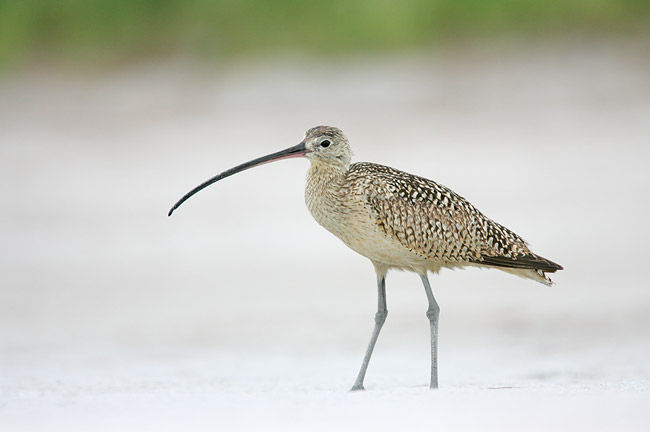
Activating and using only the central sensor (CS) when photographing birds in flight will almost always yield the sharpest images and tracking accuracy with subjects flying towards the camera will be maximized. The downside of using the central sensor only (CSO) is that it may be difficult for some folks (including me) to keep the sensor on the subject at all times, especially if the bird is flying fast or is flying an erratic path. (Ideally the CS is placed on the bird's head, neck, or eyes.) If the sensor detects distant trees or fields or mountains as background, it will lose focus on the subject; in this case it does exactly what it is supposed to do--focus on whatever is detected by the active AF Sensor. I once mentioned in a Full-Day Seminar that lots of practice would improve one's flight photography, and that fine motor control was a key factor in keeping the CS on the subject. Someone asked, "Does Canon sell that?" (meaning Fine Motor Control). When you do have only sky as background, the AF system will stay locked on the subject even if the active sensor "falls off" the subject. Many of my sharpest flight images are made with CSO in cases where the CS has fallen completely off of the subject. Breezebrowser's "Show Focus Points" feature often confirms that the CS was nowhere near the bird at the instant of exposure! If the background is uniform and of low contrast, it is often possible to hold focus on a subject when using AI Servo AF even when the sensor is pointed away from the subject. This is no big deal in situations where all 45 AF points are active, but can be a big help when, for example, using a 2X TC with an f/4 lens. With smaller in the frame subjects, it is possible to focus on the subject and then recompose with the subject placed well off center. If the background is low in contrast AF will hold even though the sensor is off the subject and you are in AI Servo AF mode! I discovered and used this technique recently while lying in the mud on my belly photographing shorebirds. I was trying to come up with a way to make a pleasing composition without having to reach up and toggle from AI Servo to One-Shot AF. And I did!
AFPS (Automatic Focusing Point Selection) is the autofocus mode in which the "ring of fire," the oval pattern made up of all the outer sensors, is illuminated Even though only the outer sensors are lit up, all of the sensors are activated when using AFPS. With AFPS it is easy to attain and hold focus on flying birds. With the EOS 1D Mark II, AFPS does pretty well with subjects flying against backgrounds other than sky, and the results are often exceedingly sharp. Autofocus tracking accuracy, however, is not as consistently precise as it is with CSO, and there-in lies the rub: which do you want, the most accurate focusing offered by CSO or the ability of AFPS to maintain focus? I often find myself switching back and forth between the two when faced with consistently good flight photography opportunities. I must confess, though, that when I am walking down the beach with the 1.4X TC on my 500mm f/4 IS lens ready for unexpected fly-bys or action, I have almost always set AFPS...
For a long time I have had a love/hate relationship with AFPS, and this continues to some degree even with the Mark II. With this amazing new camera, however, the love predominates by far. In the short time that I have been using AFPS with the Mark II, it has helped me capture some truly amazing images that I could simply not have created with other cameras. Its ability to grab a moving subject and focus-track accurately (even when working against backgrounds other than sky) often borders on the astounding. On my recent Nome trip AFPS helped me make some wonderful images of a Black-bellied Plover flying around on the tundra and another of a hen Northern Shoveler blasting off from a roadside pond (thanks Matt!) Thus the love. In all of these situations, there was more than adequate contrast. AF needs contrast to "see."
Another time, we had a moose standing on the tundra a ways off from the car. It was dingy and a bit foggy. I reached for the 400mm f/5.6 which had a Mark II on it set up with AFPS. I focused easily on the moose but just as I depressed the shutter button the system lost the subject. The moose scurried off (if a moose can scurry...) and I bemoaned my fate. CSO would have held focus easily. AFPS had a problem with the low contrast. Thus the hate... In short, AFPS may have difficulty acquiring and maintaining focus in low contrast situations and this is true even with static subjects (like the moose)… It is strongly recommended that users switch to One-Shot AF mode or utilize only a single sensor (or do both) when photographing in low light, low contrast situations. (Note: when working with static subjects with AFPS in One-Shot AF mode, the sensor/sensors that lock onto the subject is/are illuminated. If the system locks onto a spot other then the bird’s eye, face, head, or neck, simply re-acquire focus until you are happy with the result.
The EOS 3 film camera was the first to feature the 45-point AF pattern. From the moment that I first held one I felt that the 45-point AFPS system was not as central sensor-dominant as it should have been. And, even with the Mark II (amazing as is it), I believe this to be true. At times, even when working in bright light with high contrast situations, AFPS fails to “see” a large-in-the-frame subject and fails to acquire focus even when the subject is in the center of the frame. (This pretty much never happens when using the central sensor only. Do note that the central sensor is more effective than any of the other 44 focusing sensors.) If you have a problem similar to that described above, moving the subject out of the center of the frame may save the day. With the EOS 1n and all five of its focusing sensors active, users were advised to begin AF with the central sensor. That worked well because the 1n’s AF system was central-sensor dominant. I do hope that it is possible to tweak 45 point AF system in the next generation of Canon cameras so that it works in a similar fashion.
The most recent high-end Canon cameras that did not feature 45-point AF were the Elan 7 series bodies and the EOS 10D (digital) camera body. With both of these bodies, initial focus acquisition was more than adequate but not as fast as in the professional bodies (EOS 3, 1V, 1D, 1Ds, or 1D Mark II). With both the Elan 7 series bodies and the 10D, however, AF tracking accuracy was excellent, especially with birds flying directly at the camera. AF accuracy in these situations surpassed AF accuracy in all of the above-noted bodies except for the Mark II, and this was true whether using the central sensor only or illuminating the entire AF array. I plan on using my 10D quite a bit at Bosque this November when the wind and the light are from the same direction.
Note: Canon's top technical rep, Chuck Westfall, suggested that setting Custom Function 17-1, which expands the active focusing area by a radius of one point around the manually selected focusing point, would improve AI Servo AF performance. I have set CF-17-1 on all of my Mark IIs and will let you know how I do. Those interested in reading Chuck's thorough and extensive comments on optimizing the AF performance of the 45 point AF System are invited to e-mail and request "Chuck Westfall's AF Comments."
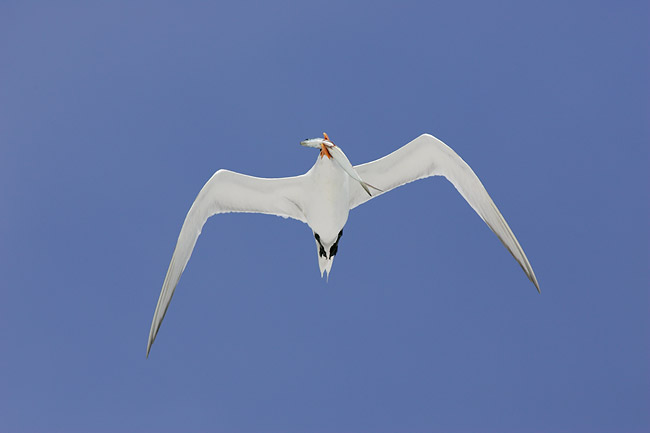
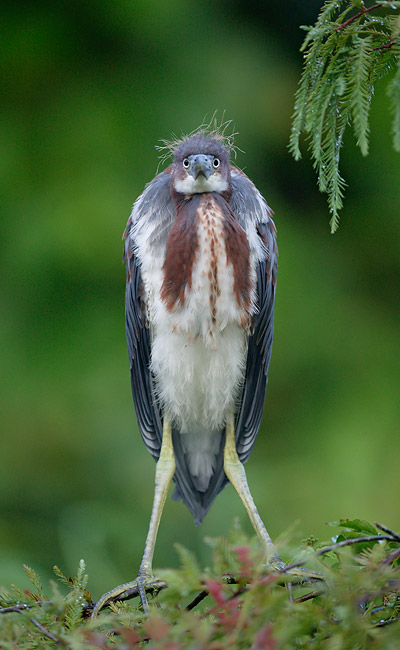
POST X-MAS: DEC 28-30, 2004, 3-DAY: $869. (Limit 12--7 openings.)
PRESIDENTS HOLIDAY IPT: FEB 18-22, 2005, 5-DAY: $1399. Ellen Anon will assist me as co-leader on this IPT and conduct a Photoshop Basics session. (Limit 14--6 openings.)
Click here to enjoy the SW-FL IPT Experience.
The San Diego IPT California Brown Pelican in spectacular breeding plumage at close range, Brandt's and other cormorants, Western, California, Heerman's (also in full breeding plumage) and other gulls. (There will be great flight photography opportunities with the preceding species.) Lesser Scaup, Wood, Ring-necked, and other ducks. Marbled Godwit, Willet, Whimbrel, Surfbird, Wandering Tattler & other shorebirds, most at close range. Harbor seals and sea lions. Digital expert and Photoshop Instructor Ellen Anon will assist me as co-leader on this IPT and conduct a Photoshop session.
San Diego IPT: January 6-9, 2005, 4-DAY: $1299
(Limit: 12, 3 openings.) Click here to enjoy the San Diego ITP Experience.Homer, AK, Bald Eagle IPT w/co-leader GREG DOWNING FEB 4-8 & 9-13, 2005 5-DAY: $1599. 10-DAY: $2999 (both are near sell outs)
Lake Martin, La, Spoonbills, MAR 19-21 & MAY 13-15, 2005, 3 -DAY: $899 (Limit 10) Roseate Spoonbill (& Great Egret) rookery in budding cypress swamp; courtship & nest building. (Barring natural disaster, spoonbill chicks 2nd trip only.) 500 or 600mm lenses mandatory; rentals available. Also Green & Little Blue Herons, both night-herons, sunrise scenics, & flowers. Includes a complimentary crawfish etouffe dinner; hosts: Wes & Patti Ardoin. Here is a message that I received from them last week:
Dear Artie, During the last eight months my wife, Patti, and I have had the distinct pleasure of photographing with you on five different IPTs. There is only one reason someone would schedule so many educational tours--- they are fantastic learning experiences. At the time of this letter we have four more scheduled for the next year! We each entered a photograph in a contest in Galveston before we left in June to spend three weeks with you in Alaska. Out of more than 100 entries, Patti won Best of Show for her image of a Great Egret turning an egg, and my Roseate Spoonbill portrait was awarded third place. Both of us feel that you really are the winner because of your willingness to share your knowledge and expertise with your students. Both of the prize-winning images were made earlier this year at Lake Martin, LA. Patti photographs once and often twice a day at "The Lake" in spring. We encourage photographers to sign up for one or both of the Lake Martin IPTs in the spring of 2005. See you in SW Florida next! Love to you and your family, Wes and Patti Ardoin
The Fort DeSoto/Sarasota IPT Royal Terns & Laughing Gulls in spectacular breeding plumage/courtship and copulations, dark and white phase Reddish Egrets in breeding plumage, several other heron and egret species, Sandwich & Forster's Terns, Long-billed Curlew and a dozen or more easily approachable shorebird species, great flight photography opportunities in Sarasota: Brown Pelican, Great Egret, Great Blue Heron, & Black-crowned Night-Heron (head and shoulders portraits likely with this species).
Fort DeSoto/Sarasota IPT: April 8-10, 2005 (Note possible/likely date change to April 1-3), 3-DAY: $869 (Limit: 12, 10 openings.)
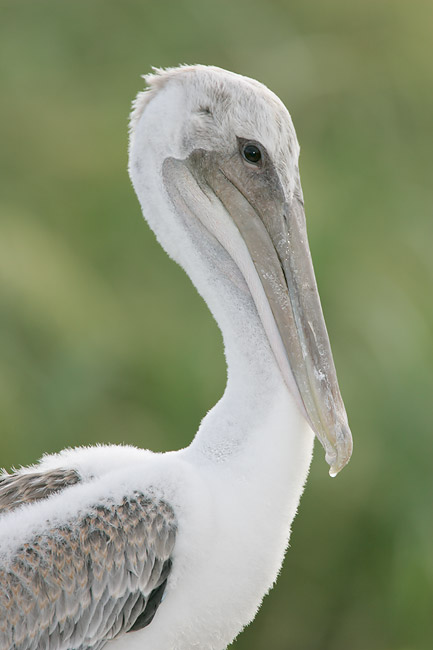
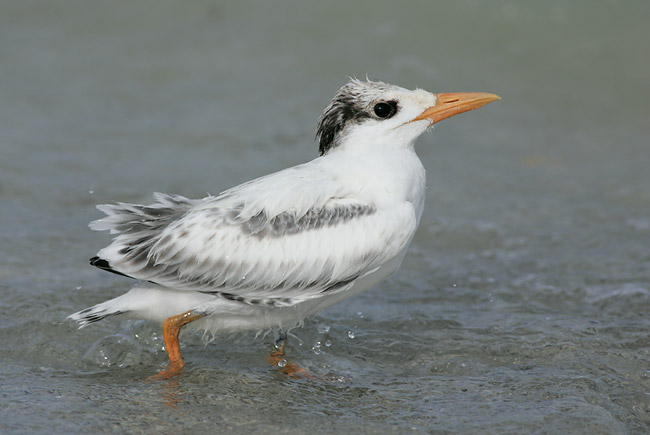
Artie
Note: Arthur Morris has been a Canon contract photographer since 1994 and continues in that role today. Hunt's Photo of Boston, MA is a BIRDS AS ART sponsor, as is Delkin Devices. Do feel free to forward this Bulletin to one or more photographer-friends. Those wishing to subscribe click here: mailto:http://birdsasart.us1.list-manage.com/subscribe?u=94ad23bd96f48a1de2ca612b3&id=bdb4a511a0?subject=subscribe To unsubscribe, click here: mailto:http://birdsasart.us1.list-manage.com/subscribe?u=94ad23bd96f48a1de2ca612b3&id=bdb4a511a0?subject=subscribesubject=unsubscribe. Back issues of relevant Bulletins are archived on the web site at: http://www.birdsasart.com/bn.html